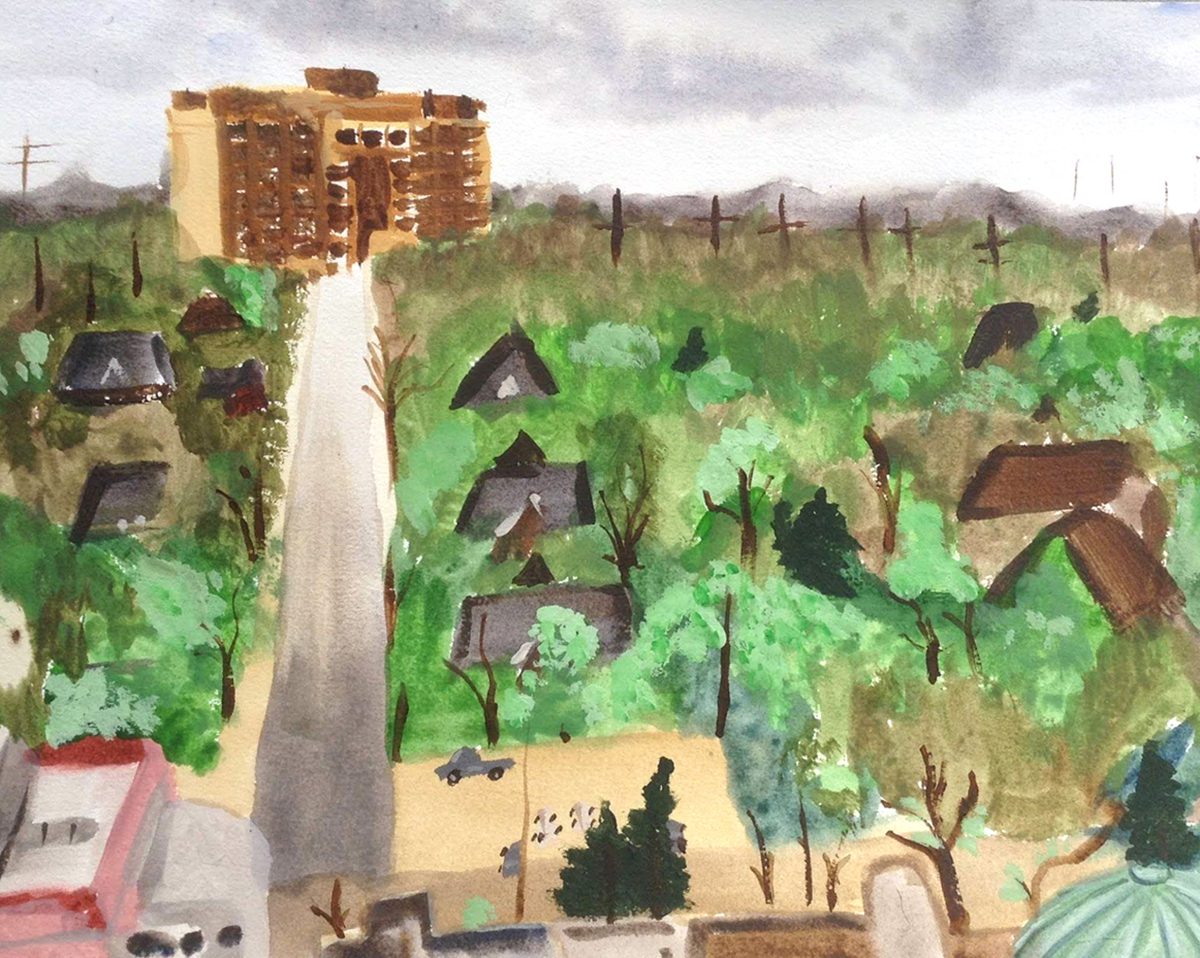While summer can be great for recharging our batteries and kicking it poolside, it can also be a fantastic time for making some of our own art. Let’s face it, we try to squeeze in some personal artmaking time after school, but it gets pushed down on the list. Sometimes folding that basket of laundry or prepping those meals for tomorrow takes precedence over our artmaking time. Indulge your creative side by using June, July, and August to your advantage! After all, you can be a better art teacher by practicing your craft and learning new techniques and mediums.
Keep scrolling to discover three fun art techniques and mediums to explore this summer!
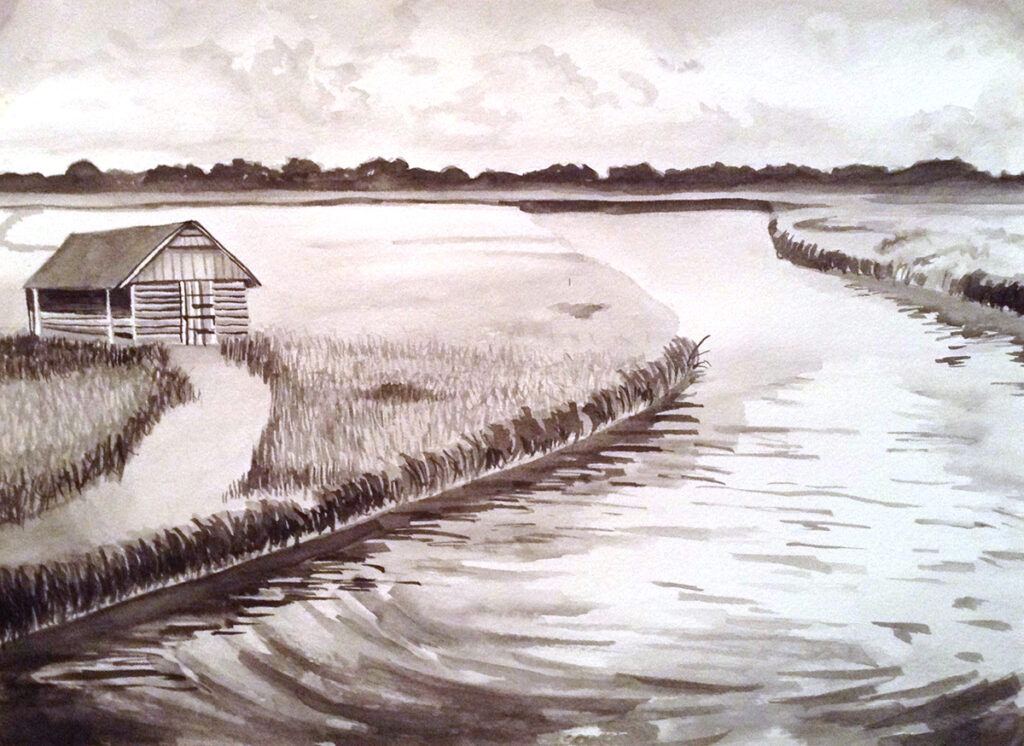
1. Madonnari Chalk Art
Madonnari chalk art is artwork made outside on a street surface. It involves more than just getting a pack of sidewalk chalk and drawing on the driveway. This is an art form all its own and with deep-rooted tradition. It started all the way back in 16th century Europe when artists would create religious imagery outside of churches or cathedrals. This drew crowds and made religious iconography more accessible to the general public.
These types of street art events became increasingly popular, and artists would even travel from town to town, much like a rock band tours different cities to play their music. Eventually, it transformed into what we now know as street art, where artists create magnificent masterpieces and mind-boggling illusions. Many artists still nod to the 16th-century religious icons of its foundations.
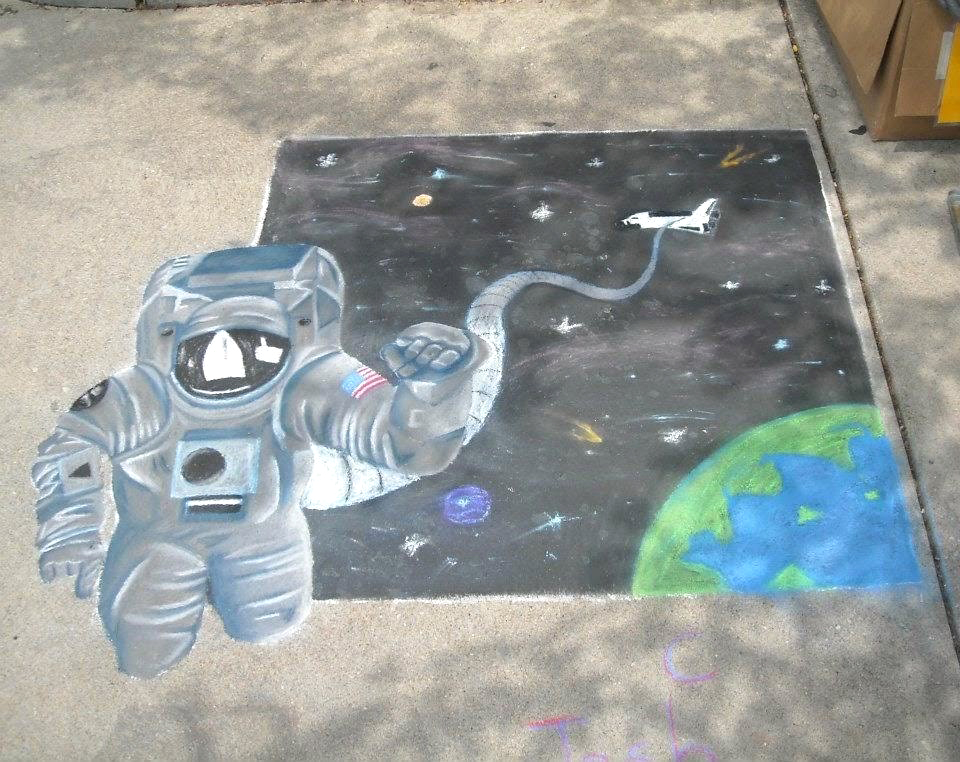
Here are five tips for making your own Madonnari chalk art:
- Practice on paper first.
- Consider making a traceable cutout to assist with planning.
- Use a mid-level chalk pastel set, like Reeves or Sargent.
- Fill in the pavements’ nooks and crannies with chalk dust.
- Use a piece of cardboard or a gardener’s foam mat to save your knees.
If you feel super confident about your street art skills, search up some local art festivals near you and give it a go in front of the public. You may surprise yourself and find a Madonnari street artist behind all that chalk dust.
2. En Plein Aire Sketching
En plein aire is French for “in the open air.” An artist goes outside and draws or paints, typically from observation. Many artists, especially the Impressionists, created works of art en plein aire. The artmaking experience from observation and being out in the open allowed them to capture an immediacy within the artwork. It also enabled them to seize the essence or emotion behind a piece. Artists like Winslow Homer, John Singer Sargent, Mary Cassatt, and Claude Monet made countless works en plein aire. Some were pencil sketches, and others were watercolor or oil paintings. The advent of tubed paints and mobile easels made creating these masterpieces much more feasible than they were in earlier decades.
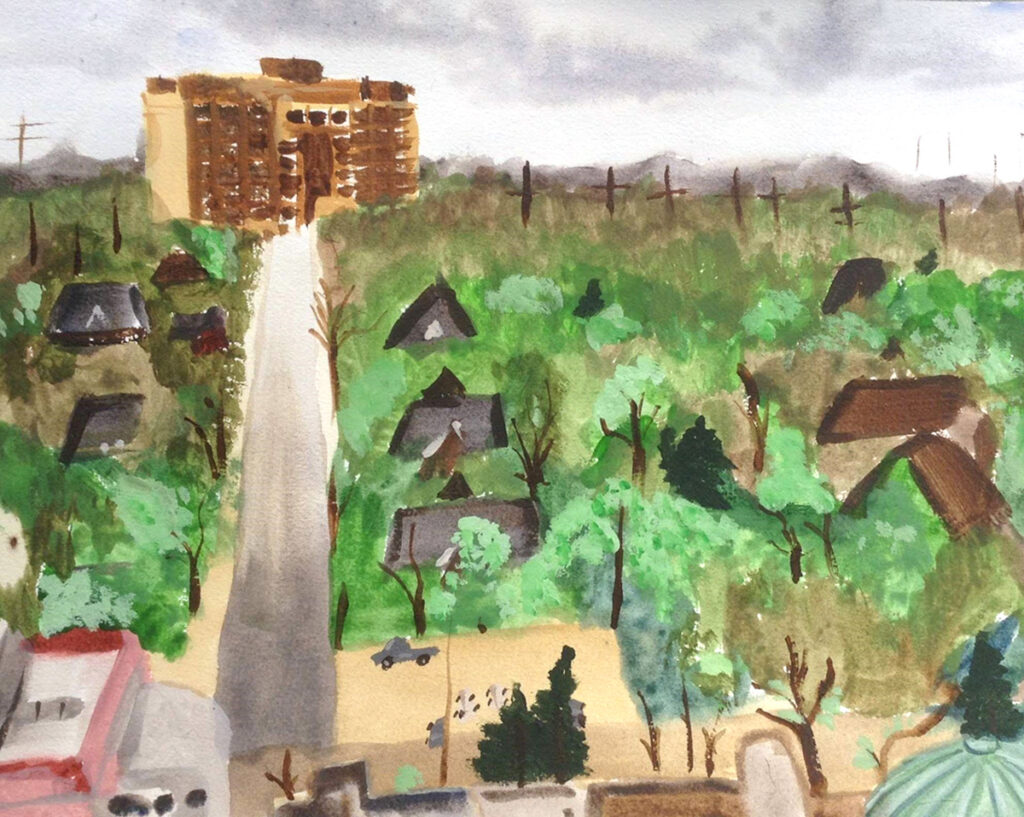
To get started with en plein air, try these five things:
- Start simple, and sketch in your backyard or on your balcony.
- Go on a nature walk with your favorite materials.
- Make it easy with a field easel or pocket watercolor kit.
- Carry items that serve a dual purpose.
- Bring a backpack with two separate containers of water one to sip and one to rinse your brushes!
Instead of catching up on that book or getting a suntan on the next nice day, go out and make some art!
3. Ink Wash
With so many other art materials out there, it can be easy to overlook painting with ink. But ink wash paintings can be rich and full of deep tones ranging from black to light grey. Seeing its birth in the Tang dynasty of 7th century China, ink painting became a traditional art form for calligraphy and monochromatic works. The Chinese developed a spiritual and philosophical method for using this medium.
While the 21st-century has seen an expansion of the art form, it does not seem to get much notoriety in the art world. Spending a summer engaging in this tradition or discovering your own path with ink wash can be a great way to rejuvenate the medium and put it back in the limelight.
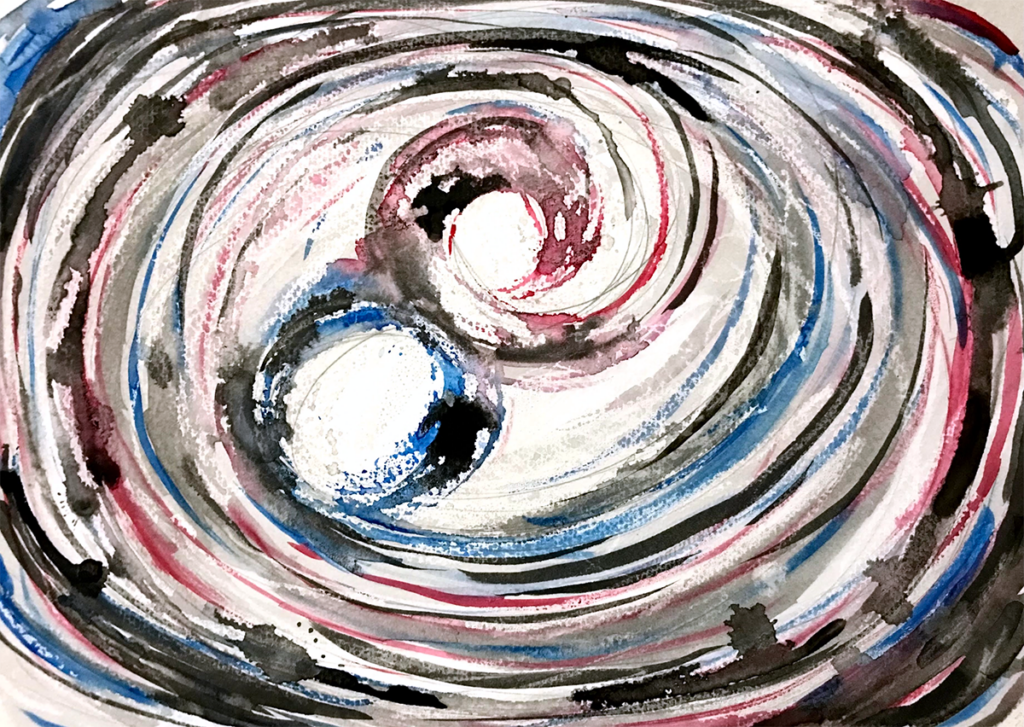
Using ink wash can take some practice, so try these five things to make it a fun medium to explore:
- Gather your supplies, including ink (India or sumi), watercolor brushes, plastic palette, eye dropper, water cup, and watercolor paper.
- Use the eye dropper to fill each pod of the palette with various amounts of water and ink.
- Use scrap paper to determine values.
- Use watercolor techniques to paint with the ink washes.
- Mix watercolors and inks for more possibilities!
However you spend your summer days, the most important thing to remember is to take time for yourself and engage in something creative. Challenge yourself and have fun! Remove the pressure of needing to make completed artworks and just dive in and experiment. Chalk art, en plein aire, or ink washes are all great places to start. Try to put yourself in a learning mindset to refresh yourself on what it is like to be a student. Then, use that insight in your classroom this fall to empathize with your young artists who are also trying new artmaking experiences!
What artmaking plans do you have this summer?
What other art techniques or mediums would you add to this list?
Magazine articles and podcasts are opinions of professional education contributors and do not necessarily represent the position of the Art of Education University (AOEU) or its academic offerings. Contributors use terms in the way they are most often talked about in the scope of their educational experiences.
